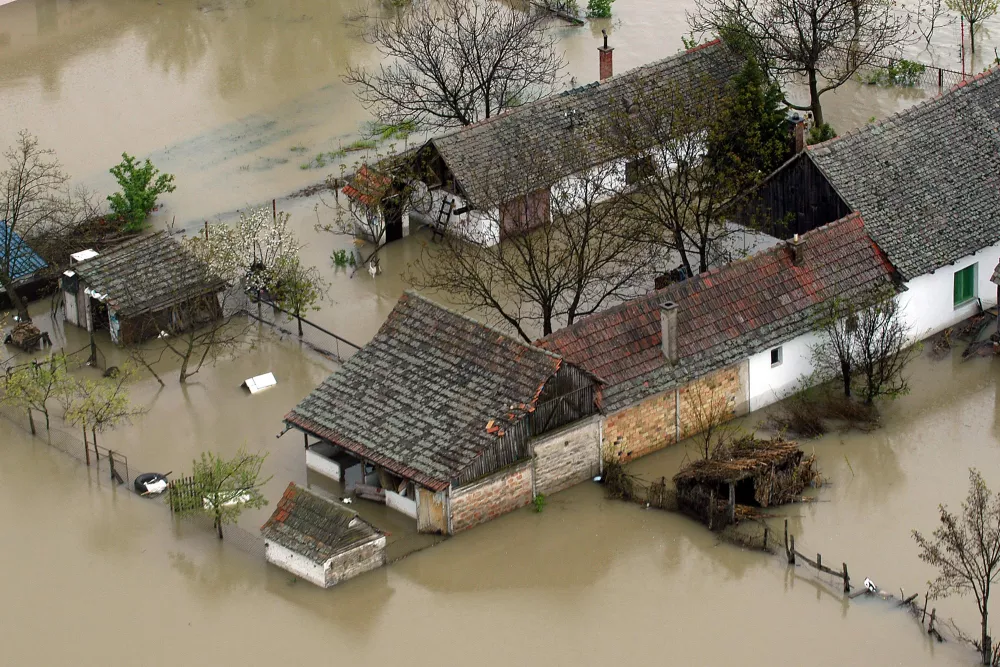The Arbor Day Foundation is pledging 10 million trees to areas impacted by hurricanes Helene, Milton Help us replant
Bulletin
How Communities Recover from Disasters
No one likes to think about natural disasters, but they are a fact of life. When one strikes a community, trees are invariably involved and sometimes on the losing end of the event. This bulletin is dedicated to showcasing how some communities have responded to their loss of trees and how planning ahead can reduce such losses.

Using the framework of the Tree City USA program, sound urban forestry management has proven essential to loss prevention and recovery.
Natural disasters come in many forms and affect the lives of residents at many levels. In this bulletin we limit our considerations to the role of trees and urban forestry. This is not meant to diminish the impact from the loss of lives, homes, businesses, or the other effects of a disaster, but rather to focus our efforts on what we know and do best. In times of disaster, there is a role for everyone.
The scientific consensus is that climate change is occurring and that it is making natural disasters worse. Any planning to mitigate disasters should also include planning to reduce human-caused acceleration or magnification of climate change.
According to a survey by the Massachusetts Institute of Technology, nearly three-quarters of U.S. cities see environmental shifts that can be linked to climate change. More than 1,000 city leaders have signed the U.S. Conference of Mayors Climate Protection Agreement to strive to meet or exceed Kyoto Protocol targets in their communities to reduce greenhouse gas emissions. A healthy canopy of trees plays an important role in this effort. In fact, trees need to be considered part of every city’s infrastructure and a focus of recovery efforts after any disaster. Sound urban forestry management through the framework of the Tree City USA program has been proven to be essential time and again.
For preventative measures or recovery efforts, planning for trees is essential. This bulletin provides examples of how some communities are doing this.
In This Bulletin
Here’s what’s inside:
- Storm Winds Devastate Community Forests – two examples of community tree recovery following tornadoes and hurricanes
- The Largest Fire in Texas – recovery after a massive wildfire
- Fighting Back against Invasive Insects – the emerald ash borer invasion
- The Urban Forest Strike Team – certified arborists ready to respond
- A Summary of Lessons Learned – what communities have learned through successful urban forest recovery
- Preparing for Climate Change – taking our shifting climate into account in urban forestry

